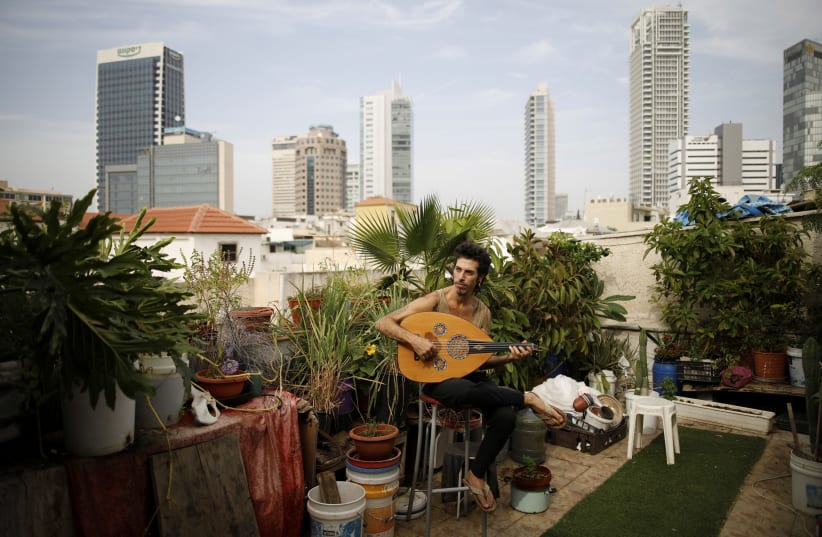Municipal tax rates (arnona) for individuals and businesses are set to rise across the board by 2.58% in 2020, the Interior Ministry announced on Tuesday.
Changes to the tariff are announced every May, and are calculated according to the annual increase in the consumer price index (CPI) and cost of salaries in the public sector.
Since May 2018, the CPI has increased by 1.3% and public sector wages have increased by 3.85%. The Interior Ministry combines the midpoint of both increases to determine the final rate change.
Next year’s increase is the highest since 2014, when municipal tax rates rose by 3.36%. The rates increased by 0.32% in 2019.
Under certain conditions, new immigrants, soldiers, the elderly, disabled and other vulnerable population groups may be eligible for varying municipal tax discounts.
According to data published in February by the Central Bureau of Statistics relating to 2017 rates, Jerusalem is home to the most expensive municipal tax, with a 100 sq.m. apartment costing its owners NIS 1,250 every two months.
Ramat Gan is the second most expensive at NIS 1,100, and Tel Aviv-Jaffa is ranked joint-13th nationwide, charging NIS 833. The joint-lowest municipal tax rates, standing at just NIS 550, are found in Nazareth, Rechasim, Bnei Shimon, Zevulun and Mevo’ot Hahermon.
